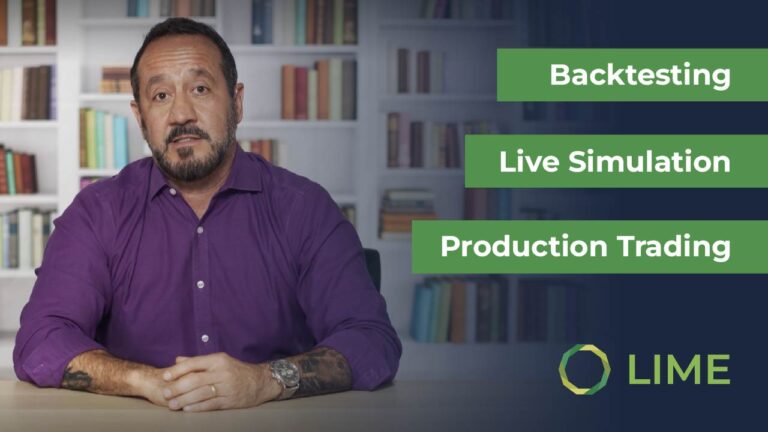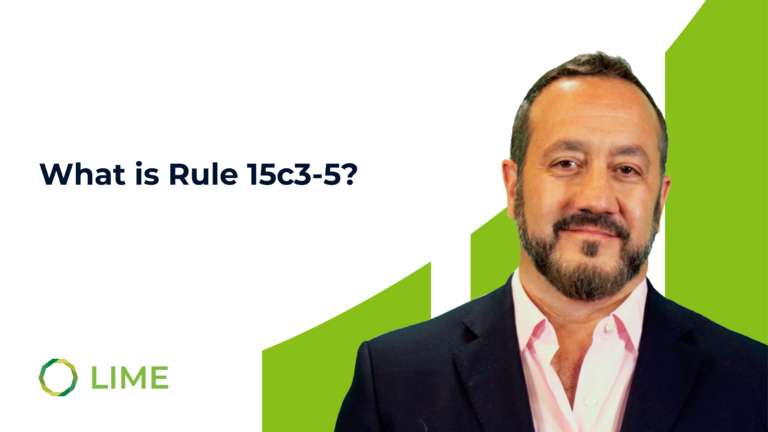Dark pools developed over a period starting when the SEC enacted rule 19c-3 in 1979. This rule enabled securities listed on a given exchange to also be traded off the exchange. Once that rule was enacted, the feasibility of dark pools became a reality.
The first official dark pool trading venue was formed in 1986 by a company called Instinet. Instinet’s dark pool, known as the “After Hours Cross,” was an algorithm that matched buyers and sellers using the daily closing price of each security. The first intraday dark pool, called “POSIT,” was formed a year later by ITG.
Since then, the number of dark pools has significantly grown and at this point, there are more than 40 in operation in the United States alone as of August 31, 2021. The term dark pool has become the fashionable term to call these off-exchange trading locations; prior to that, they were generally referred to as “upstairs trading, which was basically the nickname given to any trading that took place off an exchange trading floor.
How Dark Pools Work
Imagine that you are standing behind a big glass window overlooking a pool. It is nighttime and completely pitch black and all the pool lights are off. If I were to ask, “How many people are in the pool at the moment?” you would not know if there was one individual or a group of people. I could similarly ask, “What is happening in the pool?” and again, you would not know if there was one person swimming laps or a group of people playing water polo. We might call this a “dark pool.”
Now, imagine that same scenario in the middle of a completely sunny day. Those same questions would be easy to answer. This analogy basically sums up the difference between trading a security on a dark pool versus trading a security on a public exchange like the NYSE or the Nasdaq. On a listed exchange, there is easily identifiable information like the depth of market, the bid/ask and the quantity at each price on Level 2*. In a dark pool, all that information is hidden. The name “dark pool” is more descriptive, rather than sinister as some might think.
* Level 2 refers to the depth of book data indicating all price levels on an Exchange.
Advantages of a Dark Pool
The main advantage of a Dark pool is anonymity. Most of the other advantages stem from this simple aspect. Remember our simple pool analogy, if I don’t want you to know what’s going on in the pool, I want it to be completely dark. This is a huge advantage to institutional investors as well as anyone else who wants to trade large blocks of securities.
Normally when a security is traded on an exchange or a lit electronic communication network (a lit ECN or lit pool is effectively the opposite of a dark pool), it is listed in the order book for everyone to see. This can be an issue when there is an extremely large order to transact since large orders can significantly move the stock price, even if the large orders are broken up into smaller orders and traded over time. Individuals and institutions can detect these series of trades and deduce there could be a large accumulation or distribution of shares. Then, they could leverage, and front run those orders, causing issues for the firm trying to secure a suitable average price for the large transaction.
Enter the dark pool, where the trading entity can transact this same order utilizing similar, priority, and pricing rules as well as similar order types that they would normally use on an exchange or lit ECN.
The main difference is that the liquidity is not advertised, thereby creating the potential advantage of other individuals and firms not being able to deduce the size of the orders and utilize that information for their benefit.
Another key benefit of trading in a dark pool is cost savings as trading in a dark pool is much less than trading on an lit exchange. All else equal (like fill prices, the price at which an order is executed, for example) lower fees are always better.
Disadvantages of a Dark Pool
Some might consider the very lack of transparency a huge disadvantage. There is no guarantee that trades will be executed at the best price at the time the order is sent.
As we’ve already discussed, dark pool orders do not show up alongside the lit bid/ask orders and therefore participants often have no idea what the real market is.
For example, if a mutual fund owns an unusually large percentage of a particular stock and sells it in a dark pool in bits and pieces as we described earlier, you’ll never see those orders until they are reported as executed block trades.
Because of this, sometimes those that buy the same stock after a large liquidation takes place, are theoretically overpaying. When the mutual fund reports the sale, the stock price will adjust. This can happen well after that large liquidation takes place
Also, proprietary traders within dark pools can potentially trade against clients or special access can be sold to high-frequency trading (HFT) firms.
There are possible conflicts of interest that take place within a dark pool that would be very hard to detect. Regulators and market participants have debated these potential conflicts of interest for as long as traders have been using dark pools.
Conclusion
The main benefits of transacting in a dark pool versus in an exchange can be summed up in the word – anonymity. Information is not as transparent as it would be going through lit channels giving the market participants the ability to trade large blocks of securities in ways that are not easily done on normal exchanges and at a reduced cost.



